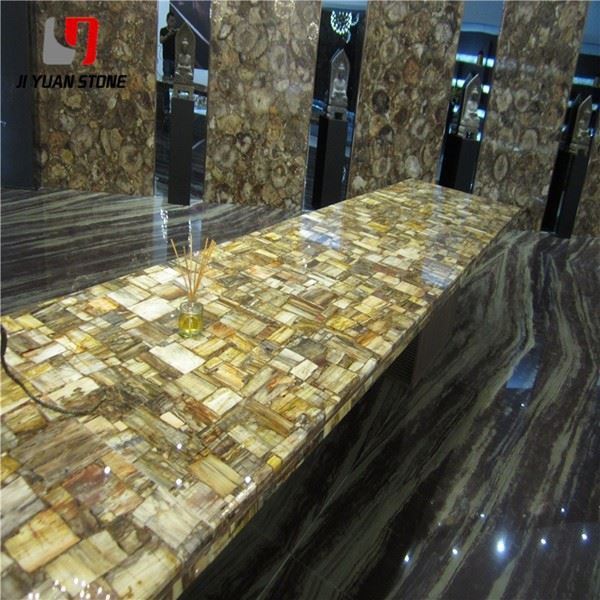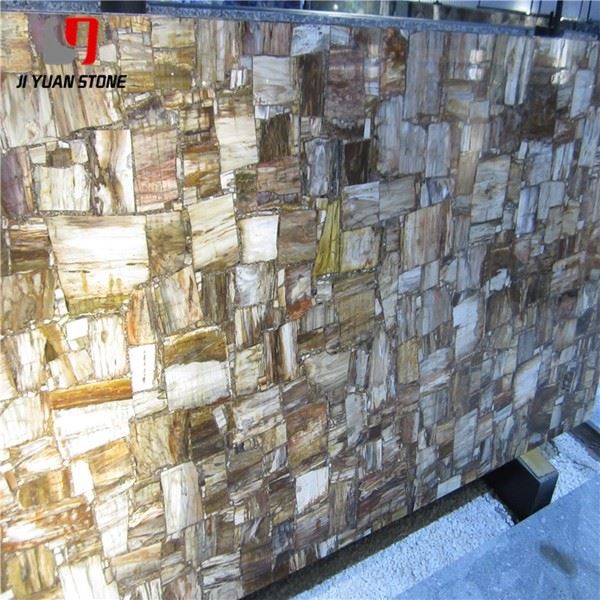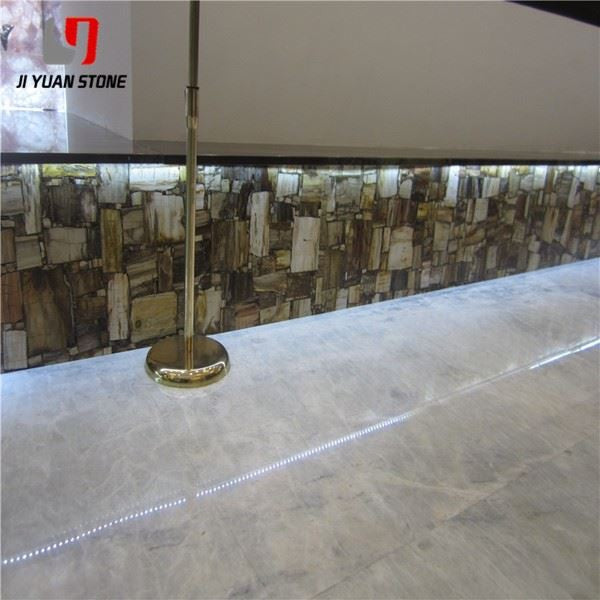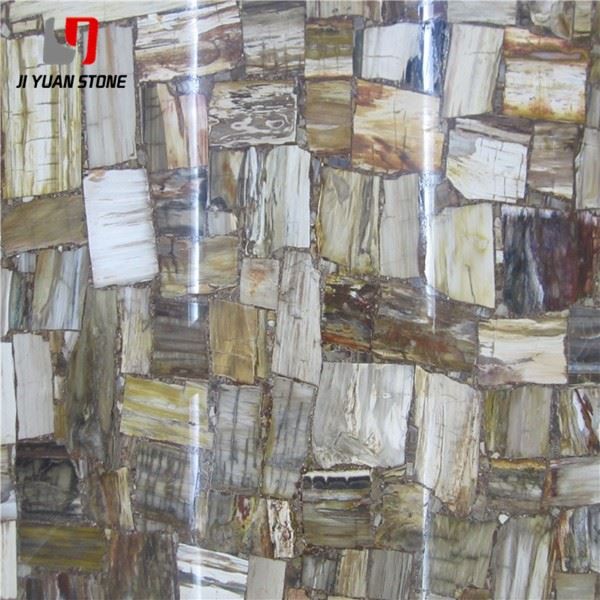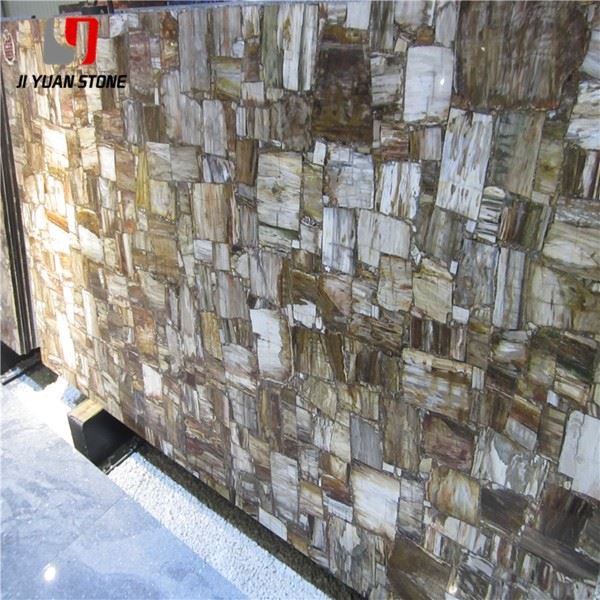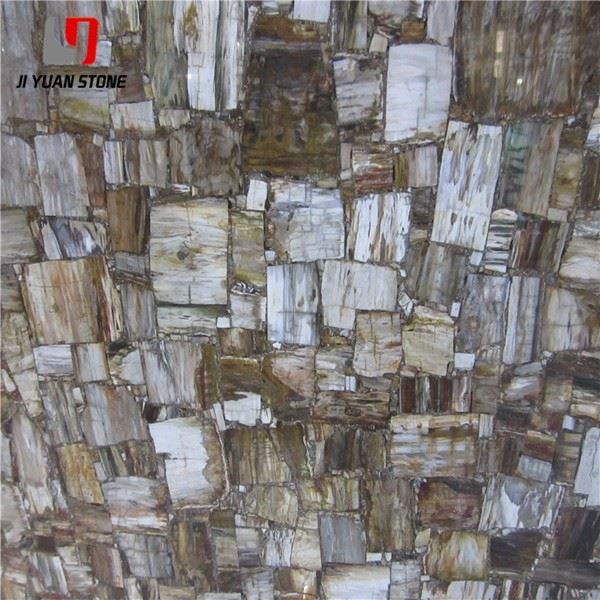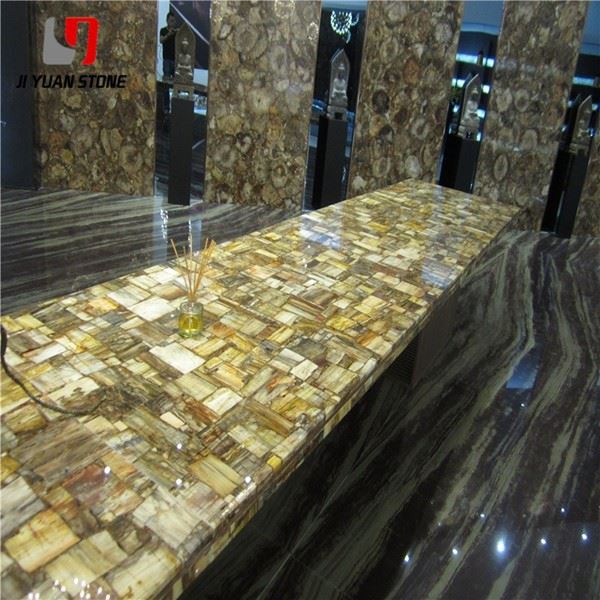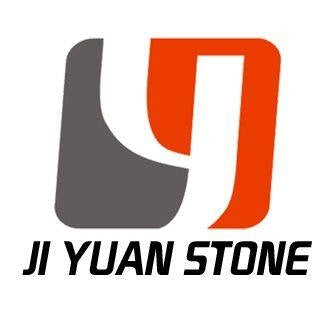Petrified Wood Countertop Slab
Petrified Wood Countertop Slab
Experience the beauty and durability of Petrified Wood with our countertop slab. Transform your kitchen or bathroom into a work of natural art with this unique and long-lasting material. Handcrafted from fossils, this slab is a timeless addition to any home.
| Feature | Details |
|---|---|
| Material | Petrified Wood Countertop Slab |
| Surface finished | Polished,honed or customized |
| Finished Products | Floor Tiles, Wall Cladding, Countertops, Windowsills, Special-Shaped Tiles, Small Slabs, Swimming Pool, Steps, Wall Panel, Flooring, Veneers, Slabs, Coping Tiles etc |
| Color | Yellow,Black,White,Red,Purple Wood,Green,Grey,Pink,Rainbow,Pink,Tiger Eye etc |
| Slab Size | 1800upx600mm ; 1800upx650mm ; 1800upx700mm etc 2400upx600mm ; 2400upx650mm ; 2400upx700mm etc |
| Tile sizes | 12"x12"(305X305 or 300X300);24"X12"(610X305 or 600X300);24"x24"(610X610 or 600X600);18"X18" (457X457);400*400;800*800 ;customized |
| Thickness | 10mm; 12mm; 15mm; 18mm; 20mm; 25mm; 30mm; 35mm; 40mm; 45mm; 50mm; customized |
| Application | For building decoration, like interior floor, stair railing, service counter, window sill, and wall, etc. |
| Sample order | Available |
| OEM | Available |
| Supplyability | 10000 sq.m./month |
| Place of Origin | China(Mainland) |
| Water absorption rate | <0.5% |
Petrified wood countertop slab, also known as petrified wood, wood fossils, tree jade. It is a tree fossil formed by exchanging woody parts with SiO₂ (silicon dioxide) in groundwater after trees that are at least hundreds of millions of years old are quickly buried underground. It retains the wood structure and texture of the tree. The color is natural yellow, light yellow, yellow brown, red brown, gray white, gray black, etc. The polished surface can be vitreous, opaque or slightly transparent. Because the texture of some wood fossils has a jade texture, it is also called silicified wood or tree jade. Its hardness: between 5.5-6.5; chemical formula: SiO2.nH2O; specific gravity: 2.65-2.66; refractive index: 1.54-1.55. Conditions for the formation of fossil wood: The probability of fossil wood formation is extremely low, about one in a million, and most other plants form coal. As the silica penetrates into the wood, the wood is jadeized under constant low temperature and high pressure. Ancient trees were buried underground due to geological processes such as volcanic eruptions or crustal movement and were quickly isolated from the air. Under the dual action of temperature, the original trees are completely turned into hard stone and petrified wood countertop slab. The formation time of wood fossils: mainly concentrated in the Permian-Holocene period, with the most Jurassic and mid-Cretaceous; from the Paleozoic Carboniferous (starting at 355 million years ago) to the mid-Cretaceous (ending at 1.25 million years ago) million years) are distributed. By the 21st century, the earliest petrified wood countertop slabs were bare fern fossils from the early Carboniferous, and the latest was silicified wood from the late Cretaceous 103.5 million years ago.
Share
